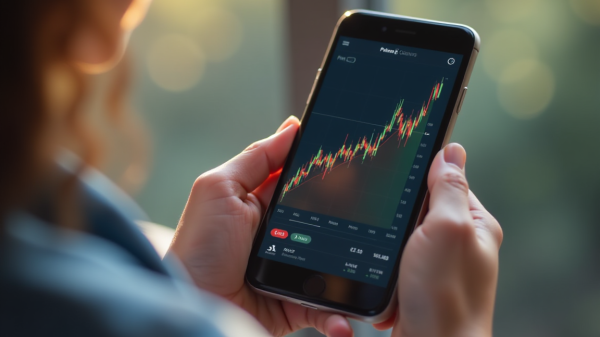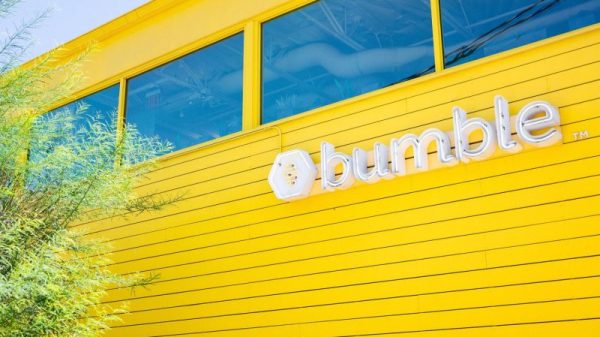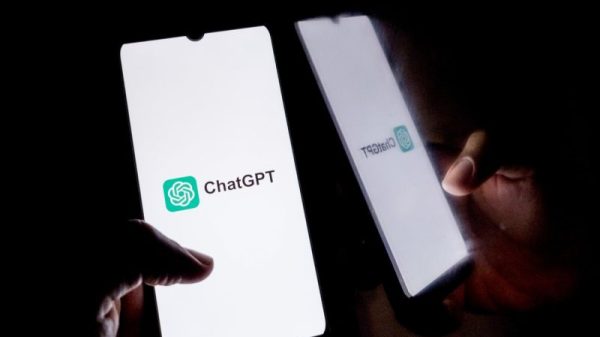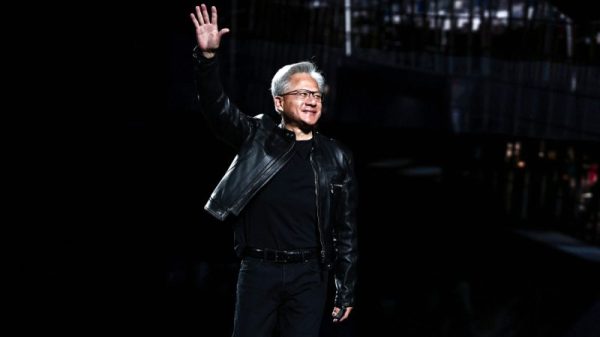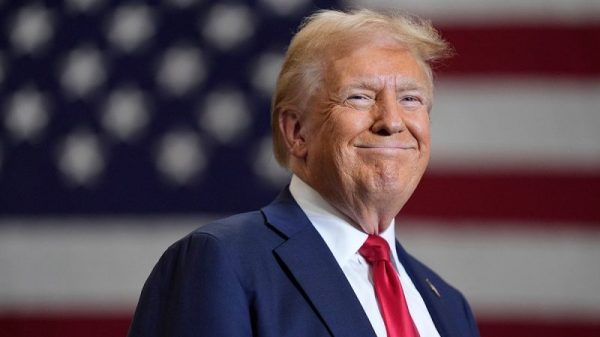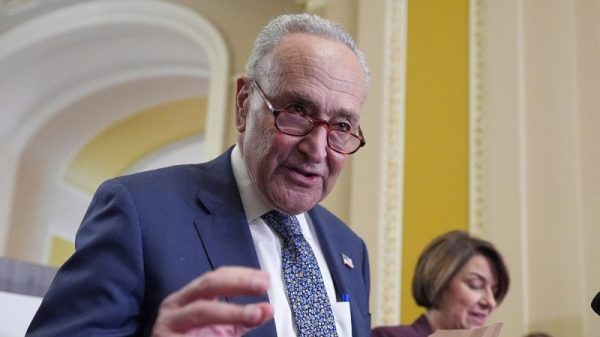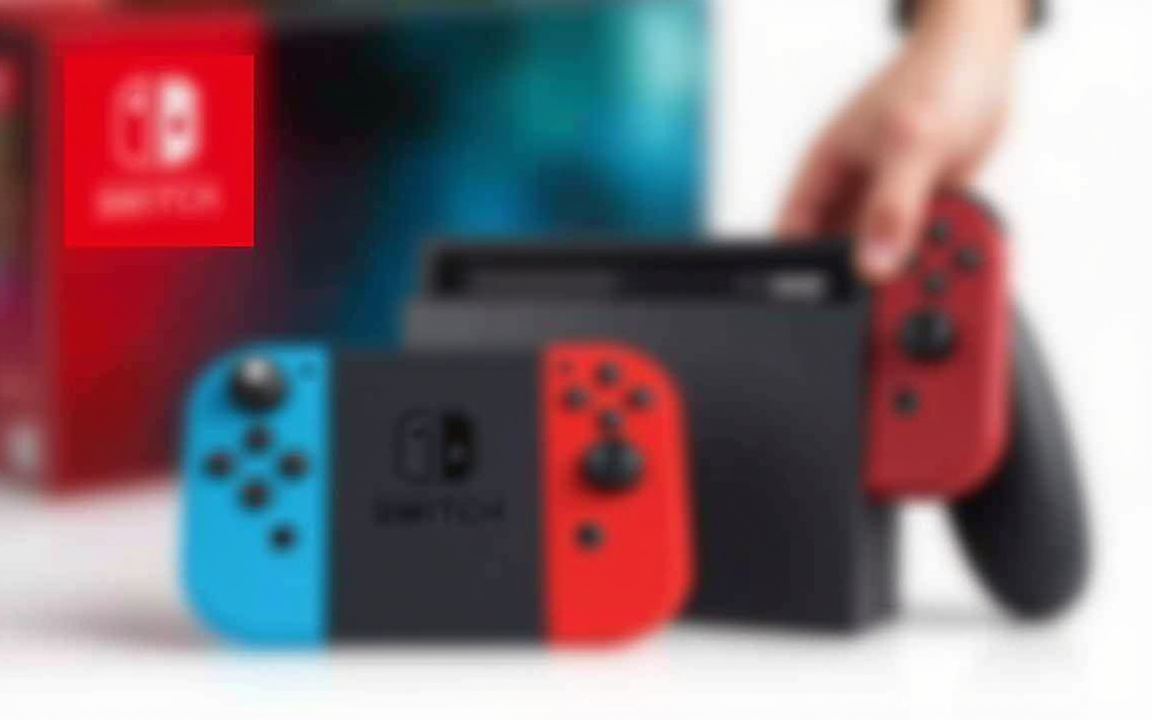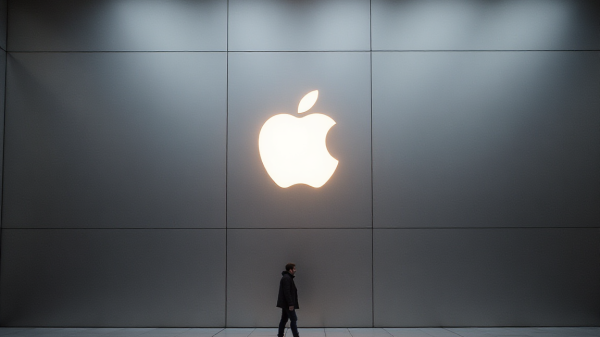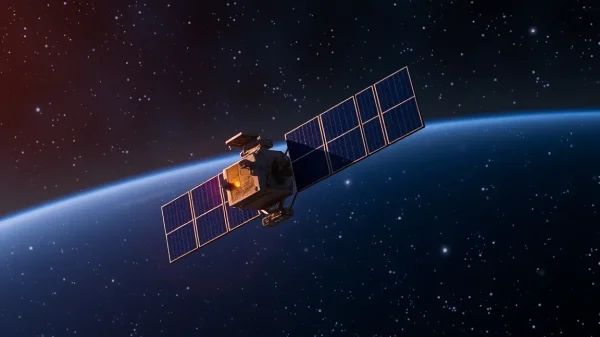Nintendo’s long-awaited Switch 2 console officially hit store shelves on Thursday, kicking off a global launch that has already triggered stock shortages, extended store hours, and mass pre-orders in major markets, CNBC reported.
With the company receiving more than 2.2 million lottery entries in Japan alone, Nintendo appears set to ride a fresh wave of demand amid an already impressive share price rally, up nearly fivefold since the original Switch debuted in March 2017.
The new model, a successor to one of the gaming giant’s best-selling products, aims to build on the hybrid format that made the first Switch a commercial juggernaut.
Over 152 million units of the original device have been sold to date, second only to the Nintendo DS.
Targets may be too low
Nintendo has publicly stated that it expects to sell 15 million units of the Switch 2 by the end of March 2026.
But market analysts say this is likely an underestimation.
Tokyo-based consultancy Kantan Games projects 20 million units sold in the first year alone, while UK-based research firm Omdia estimates 14.4 million Switch 2 sales in calendar year 2025, outpacing the original Switch’s debut year.
The optimism is partly driven by robust early activity in Japan, where President Shuntaro Furukawa revealed that the 2.2 million lottery applications far exceeded Nintendo’s delivery capacity for the launch date.
With retail demand already outstripping supply, further shortages are expected to persist in the near term.
Stores struggle to meet demand
Retailers in Japan have confirmed that no walk-in purchases of the Switch 2 are currently possible without a pre-order, a situation expected to last for weeks.
In China, e-commerce platform JD.com received over 400,000 reservations for the new device ahead of its shipping date.
In the United States, chains like Best Buy and Walmart opened stores at midnight on Thursday to accommodate in-store demand, though both reported online stock depletion by the morning.
Walmart’s Supercenters launched in-store sales at 6 am. Eastern Time. Meanwhile, UK-based retailers like Amazon, Currys, and Smyths reported broader availability, with most indicating the console could be delivered or picked up within 24 hours of the release date.
Despite the regional variation in inventory, analysts believe Nintendo is strategically positioned to ramp up production in the coming weeks and months.
Omdia’s analysts said that although day-one sell-outs were “inevitable”, the company had planned well for the rollout and could stabilise supply over time.
Hybrid design drives momentum
The original Switch’s appeal stemmed from its hybrid portability, allowing gamers to dock the device for television play or use it as a handheld console.
This flexible design helped Nintendo attract a broad demographic across age groups and global markets.
The Switch 2 aims to continue that momentum, reportedly introducing updated internal components and enhanced display capabilities, although official hardware specifications remain limited.
While some critics have suggested that Nintendo’s sales projections are too modest, the company appears to be managing expectations, likely to avoid the production issues that affected the original model during its early years.
As global fans queue online and offline to secure their devices, Nintendo’s challenge now shifts from marketing to logistics.
With the broader gaming industry watching closely, the Switch 2’s ability to convert hype into sustainable sales will be a key narrative through the rest of the financial year.
The post Nintendo Switch 2 launch sees shortages as 2.2M vie for units in Japan appeared first on Invezz





